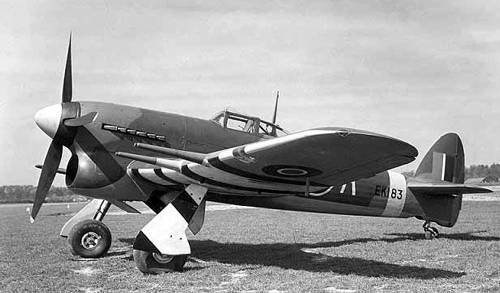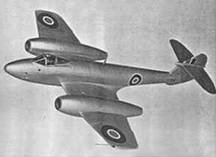September, 1939: the Third Reich divisions and military aircraft invade Poland, an ally of both France and the U.K. A few weeks later, some RAF units are based in France. At the time, the RAF equipment still is in a transitional stage, both biplanes and monoplanes are used (such as the Spitfire and the Hurricane, born in the late thirties). It will take two years before new types are created, like the Mosquito bomber, entirely made of wood, or the Hawker Typhoon.
The defence of Great Britain is the number one task of the RAF. The first German raid occurs on October 16, 1939. The target is Firth of Forth, in Scotland. And the first German military aircraft (a He 111) is shot down near Dalkeith.
The engagements soon take their toll on the British pilot lives. The RAF starts training new squadrons in a hurry, with soldiers coming from Australia, Canada, India, New Zeland, Rhodesia and South Africa (part of the British Commonwealth). Also, survivors from Czech, Belgian, Dutch, French, Norvegian and Polish air forces join the ranks, along with “Eagles” Squadrons, composed of volunteer American pilots.

The battle of France begins on May 10, 1940. Technically disadvantaged (the Third Reich spent the years leading to the war secretly rearming), the French forces are rapidly overwhelmed. The last Allied squadrons evacuate the continent on June 17, 1940. The Channel will give the British and their allies a chance to reorganize (an invasion of the U.K. is being planned by the Nazis, but won’t occur).
The Battle of Britain has already started. Along with the defence of England, the RAF concentrate on bombing missions on the continent, attack missions of Third Reich vessels and submarines, and international deployment.
During World War 2, considerable technical progresses are made, such as the radar and the jet engine. In 1944, the first British jet aircraft becomes operational; it’s the Gloster Meteor.
At the end of the war, there were more than 1 million men in the RAF, manning or taking care of 27,000 airplanes.

